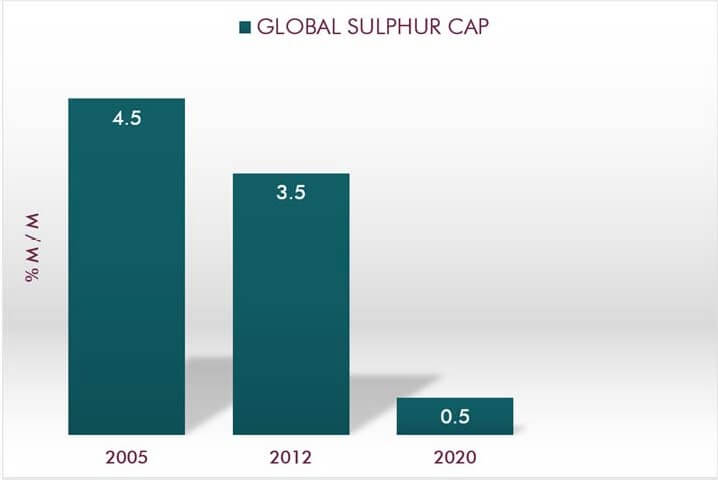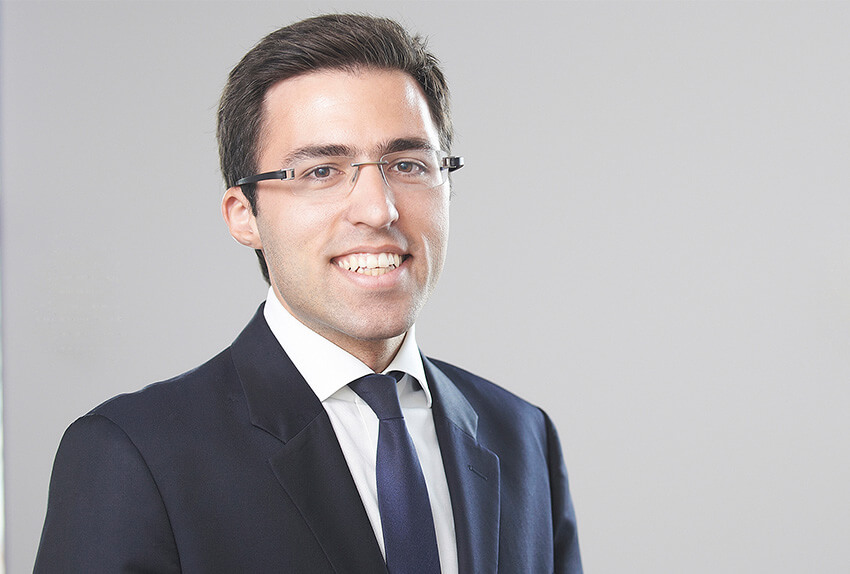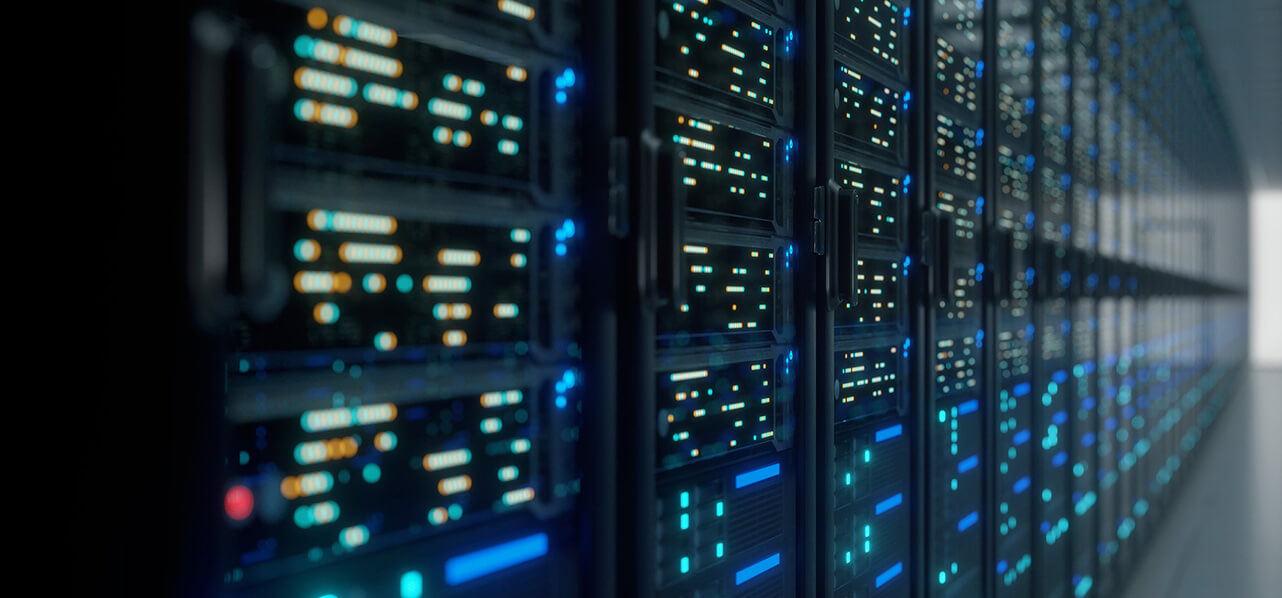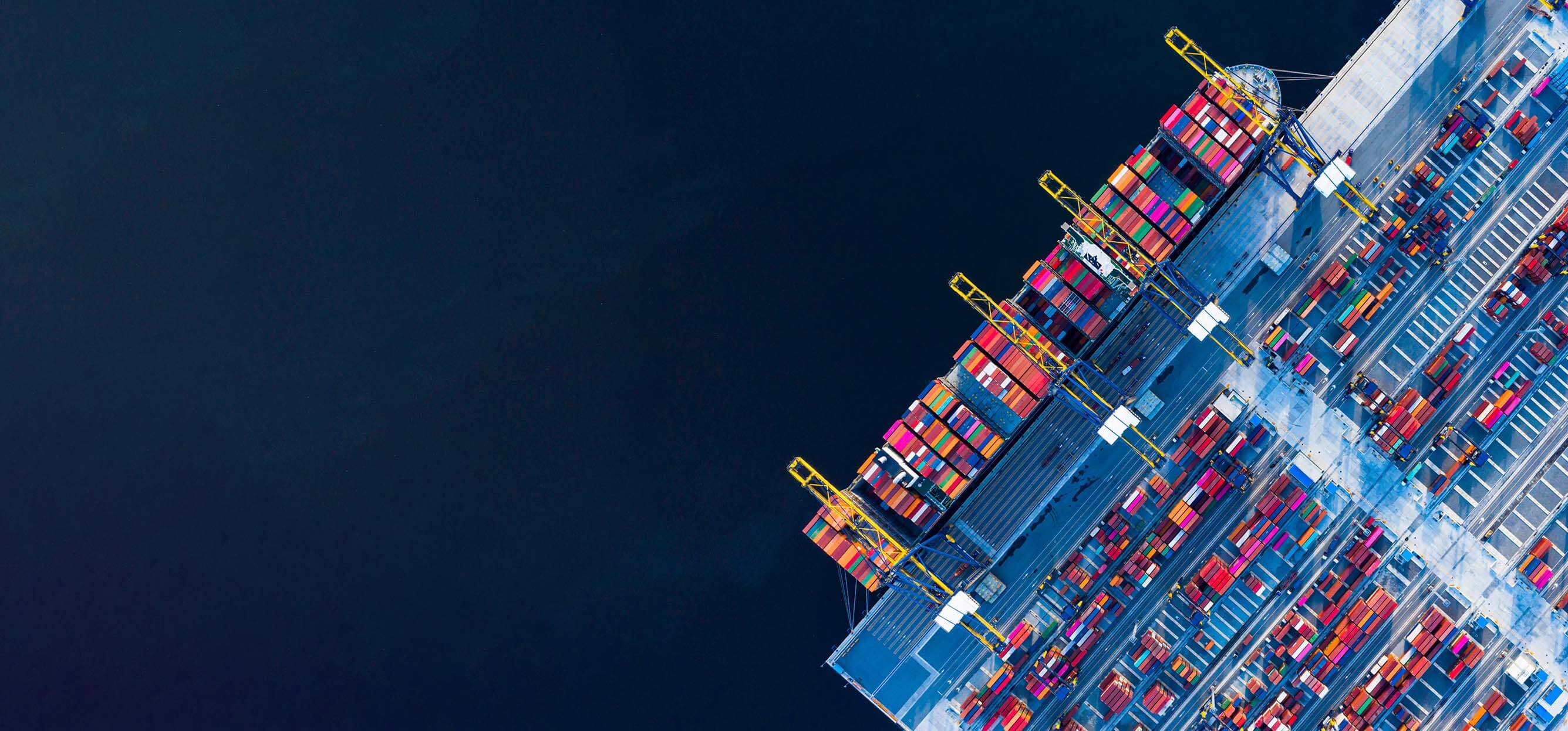In 1997, the International Maritime Organisation (“IMO”) adopted Annex VI to the International Convention for Prevention of Pollution from Ships (“MARPOL Convention”) in order to tackle the air pollution caused by shipping. On 1 July 2010, a revised Annex VI was entered into force and set stricter requirements seeking to control ships’ airborne emissions. The current global limit for sulphur content is 3.50% mass by mass (“m/m”). However, a new global limit of 0.50% m/m will become effective on 1 January 2020; a date which was set by the IMO’s Marine Environment Protection Committee in October 2016.
Partner London







